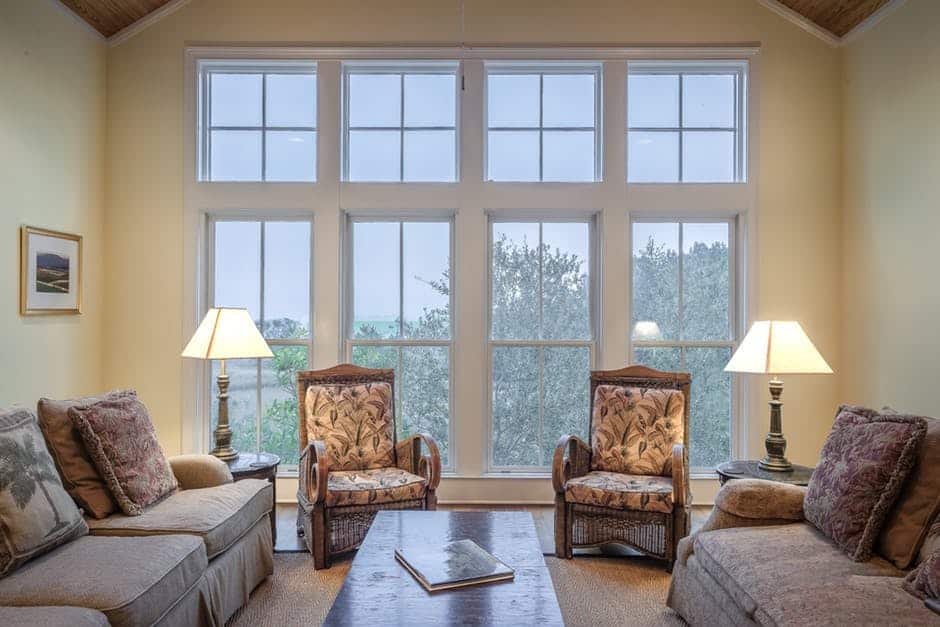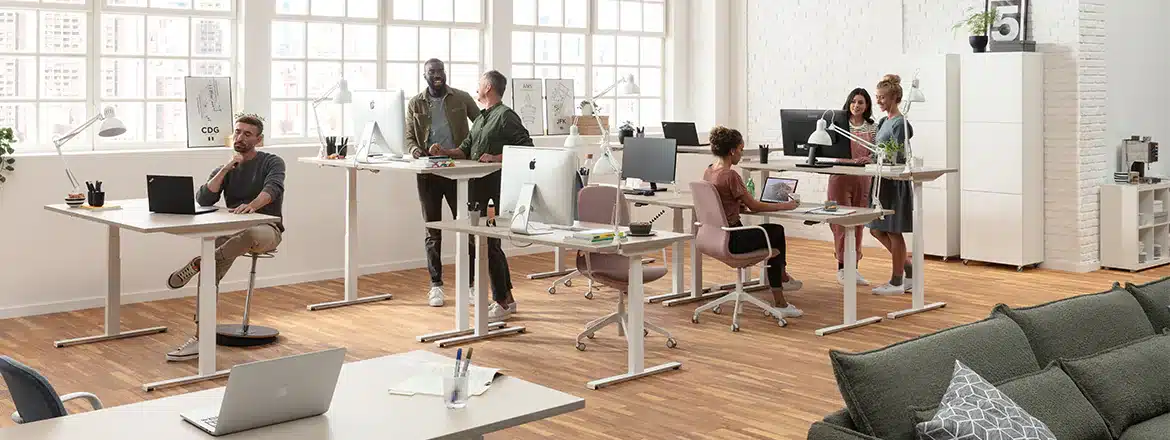Smart Homes In 2024: A Symphony Of Technology And Comfort
Innovation and sustainability will play a major role in shaping the future of the construction industry. The rise of smart homes is evidence of this paradigm shift, in which architectural skill and technology are seamlessly integrated.
Integrating state-of-the-art building materials, energy-saving techniques, and automation systems is crucial as we move towards more comfortable and efficient living environments.
Let’s explore the transforming potential found behind the walls of these contemporary wonders as we go through the fascinating world of smart house development.
Introduction to Smart Homes
Smart houses are a breakthrough development in residential architecture that incorporates state-of-the-art technology into our daily lives in a seamless manner. HouseUP can assist you better if you’re looking forward to having a smart home.
Why Smart Homes?
Convenience, efficiency, and security are the main goals of smart homes, which eventually give homeowners a more comfortable and simplified existence.
Components Of A Smart Home
Sophisticated automation systems that manage everything from lighting and temperature to security and entertainment are the foundation of a smart home.
Personalisation
The capacity of smart homes to accommodate personal preferences is one of their distinguishing characteristics. The environment can be customised by residents to fit their particular requirements and daily schedules.
Environmental Impact
Energy-saving devices and environmentally friendly materials are features of smart houses, which are built with a smaller environmental impact in mind.
Interconnectivity
Smart homes facilitate smooth communication and harmonious operation of gadgets using resilient networks and protocols, thereby establishing a unified and adaptable living environment.
Adaptability
Advanced Automation Systems provide unmatched convenience, efficiency, and control, completely changing the way we live and work. These systems are the backbone of a smart home, coordinating an integrated symphony of technology and linked gadgets.
- Advanced Lighting: Dynamic control over brightness, colour, and ambience is possible due to advanced lighting automation. Motion sensors and time-based settings optimise energy consumption while personalising environments by responding to the presence and preferences of inhabitants.
- Security: Modern security systems combine access control, cameras, and sensors. They enhance household safety by offering real-time monitoring and notifications. For enhanced home security, smart homes integrate advanced systems like Ring Camera Support, which offers real-time video surveillance and notifications directly to your smartphone, ensuring homeowners can monitor their property with ease and precision.
- Immersive Audio-Visuals: Audio-visual systems can be smoothly integrated with automation, giving centralised control over multimedia, music, and home theatres. Prests and customisable sceneries produce an immersive experience.
- Gesture Control: Modern gesture-based interfaces and speech recognition provide simple ways to communicate with automated devices. This hands-free method improves ease and accessibility
- Remote Acess: Residents can access and monitor their smart home devices remotely via smartphone apps and cloud-based platforms. This gives them peace of mind and real-time control wherever they are.
Energy Efficient Solutions
- Renewable Energy: Clean, renewable energy is produced via geothermal systems, wind turbines, and solar panels by utilising natural resources. This minimises total carbon emissions and lessens reliance on conventional power grids.
- Energy Tracking: Energy consumption is continuously monitored by smart metres and monitoring systems. Residents can make wise judgments about efficiency and conservation by gaining important insights into their consumption patterns.
- Minimising Heat: Modern insulation materials and methods minimise heat movement between the home’s outside and inside by forming a thermal barrier. Due to the decreased need for heating and cooling, considerable energy savings are achieved.
- Tint Levels: Tint levels are dynamically adjusted by electrochromic or thermochromic windows in response to the intensity of the sun. By optimising natural light, automated shading systems lessen the demand for artificial lighting.
- Energy-Efficient Appliances: Energy-efficient fixtures and equipment that either meet or surpass strict energy performance standards are installed in smart homes. Because they use less electricity, these gadgets help with overall energy conservation.
The Future Of Smart Homes
- Advanced Technology: Rapid technological breakthroughs are expected to shape the future of smart homes, with new possibilities being opened by the combination of 5G connection, machine learning, and AI.
- Sustainability: With even more sophisticated renewable energy solutions, zero-carbon building materials, and cutting-edge waste management technologies at the forefront, future smart houses will push the envelope of sustainability.
- AR Integration: With AR, smart homes will have better user interfaces and experiences thanks to immersive ways to interact with the surroundings and manage different devices.







